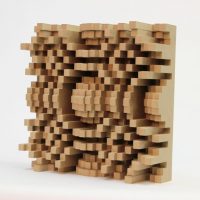 Given GIK Acoustics’ entry into the world of two-dimensional diffusion with the Gotham N23 5″ Quadratic Skyline Diffusor and the 2D Alpha Panels, it’s no wonder people have been asking about the differences between one-dimensional (1D) and two-dimensional (2D) diffusion. This article will build on the previous articles, How Diffusion Works, Decoding Diffusion, and A Well-Balanced Audio Room, to provide the Diffusion Dimension Download.
Given GIK Acoustics’ entry into the world of two-dimensional diffusion with the Gotham N23 5″ Quadratic Skyline Diffusor and the 2D Alpha Panels, it’s no wonder people have been asking about the differences between one-dimensional (1D) and two-dimensional (2D) diffusion. This article will build on the previous articles, How Diffusion Works, Decoding Diffusion, and A Well-Balanced Audio Room, to provide the Diffusion Dimension Download.
There are a lot of misconceptions about 1D and 2D diffusors – mostly people want to know “which is better?” Of course there is no clear-cut answer; if there were, people would only build one type of diffusor and not the other. The truth is, the differences between 1D and 2D diffusors are more subtle than one might think. While one may be more suitable for one application, there is quite a bit of overlap between the two, much of which comes down to a matter of taste. 1D and 2D diffusors sound different, subtly in many cases, and different listeners may have different preferences.
Up-Down, Left-Right
The simplest explanation is that 1D or 2D tells us the number of planes in which the diffusor is scattering sound. 1D diffusors like the GIK Q7D, the Gridfusor, the Evolution Polyfusor, or the 1D Alpha Panels diffuse on just one plane — either Left/Right if it is mounted vertically, or Up/Down if it is mounted horizontally. If you were to look at a graph of this diffusor’s performance, it would be hemicylindrical, meaning it shaped like a half-cylinder. To visualize this shape, picture the Evolution Polyfusor:
2D diffusors like the Gotham N23 or the 2D Alpha Panels diffuse across both planes: left/right and up/down. The performance graph of a 2D diffusor is hemispheric, not a half-cylinder. It is shaped, in other words, like half of a sphere.
Note that a hemicylinder will have more internal volume than a hemisphere of the same size (ie, the flat side of both figures). This means that the 1D diffusors are actually more efficient, and produce more total diffusion than 2D diffusors, though the diffusion is limited to its one plane. 2D diffusors, on the other hand, have a bit more inherent absorption (all diffusors also have small amounts of absorption), so the total performance is more similar than one may imagine, particularly with the Alpha Panels that also feature quite a bit of absorption in their own right.
So what do these trade-offs mean in terms of acoustic design? Let’s take a look at two differing examples of the trade-offs between 1D and 2D designs. Visualize two rooms that will benefit from diffusion: first is the rear wall of a control room/listening room. Second is the ceiling of a live room in a studio. These are just two of the numerous scenarios where diffusion can help a lot. These were chosen because they are common issues and because they illustrate the difference between 1D and 2D diffusion very well.
Control/Listening Room Scenario
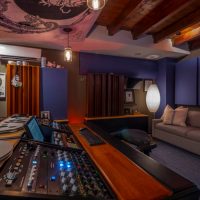 In the control/listening room scenario, the function of the room is to provide an accurate listening environment for the engineer to work effectively. The positions of all the speakers and the “sweet spot” are fixed in a room like this; the entire room is arranged around optimizing the listening environment for accuracy and non-distracting sound. And we know that with the speakers pointing at the rear wall, there will be a lot of reflections coming off that wall back toward our ears. Diffusion is one effective way to deal with these reflections; but what kind of diffusion should we employ?
In the control/listening room scenario, the function of the room is to provide an accurate listening environment for the engineer to work effectively. The positions of all the speakers and the “sweet spot” are fixed in a room like this; the entire room is arranged around optimizing the listening environment for accuracy and non-distracting sound. And we know that with the speakers pointing at the rear wall, there will be a lot of reflections coming off that wall back toward our ears. Diffusion is one effective way to deal with these reflections; but what kind of diffusion should we employ?
Because we know where the sound will be coming from, and we want to maximize the amount of diffusion happening, the rear wall of a listening room is a great candidate for 1D diffusion. This type of diffusor gives the maximum total diffusion, and it is effective where we need it to be relative to the sound source (ie, the speakers).
However, note that 2D could be used just as easily here. The difference in sound would be subtle, with a little bit less diffusion and a little bit more absorption. In some cases, particularly in small rooms, this balance would be more beneficial.
Live Room Scenario
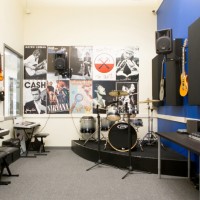 Now, consider the live room scenario. By “live room” I don’t mean a “live” or reverberant sound so much as it is a space where live music is played with the intent of recording it. That’s its function: to sound good for recording a wide variety of instruments. In a recording room, we don’t have fixed positions for the sound sources. For one session, we may be recording a solo singer/instrumentalist. We might be recording a drum kit. We might be recording a full band or an ensemble. Each recording session will have different setups and parameters. And each instrument recorded will have its own microphone setup.
Now, consider the live room scenario. By “live room” I don’t mean a “live” or reverberant sound so much as it is a space where live music is played with the intent of recording it. That’s its function: to sound good for recording a wide variety of instruments. In a recording room, we don’t have fixed positions for the sound sources. For one session, we may be recording a solo singer/instrumentalist. We might be recording a drum kit. We might be recording a full band or an ensemble. Each recording session will have different setups and parameters. And each instrument recorded will have its own microphone setup.
Because sound could be coming from anywhere in the room, the ceiling of a live room is a great candidate for 2D diffusion. While there may be less overall diffusion with 2D units, in this application it performs well no matter where instruments and microphones are placed in the room, which gives 2D the advantage here.
But again, 1D can still be used, particularly if the source positions are more limited and you can plan for them (such as in a smaller recording room common in home studios).
Aesthetic Differences
It would be foolish to pretend that aesthetic differences aren’t also part of the equation. Skyline diffusion is a great example of this. Skyline diffusors are very well known and many people really like the look of them. For others, the iconic grates of a 1D quadratic diffusor defines the rear wall of the classic control rooms. While there are very real performance differences between 1D and 2D diffusors, there is also significant overlap. Managing these differences are more about optimizing the strategy than dealbreakers where the wrong choice means the strategy fails. So if you really like the look of one over the other, there is flexibility.
When In Doubt, Ask For Help
As always, we are happy to help you strategize the best way to add diffusion to your acoustic treatment strategy using patented GIK Acoustic treatments. Contact us for free acoustical advice.


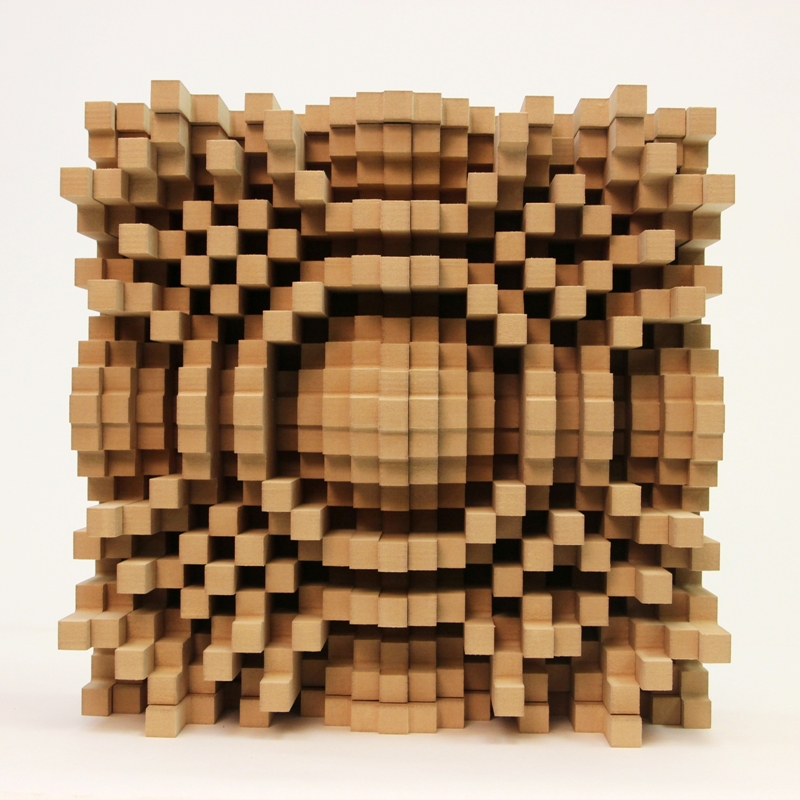

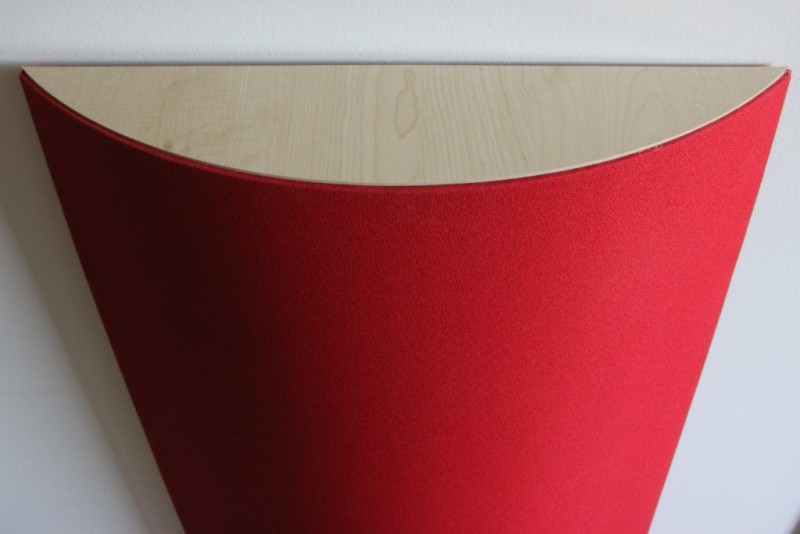
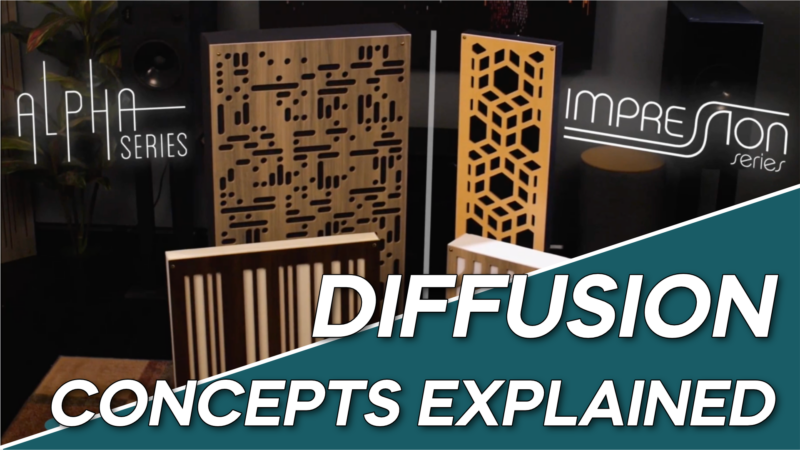
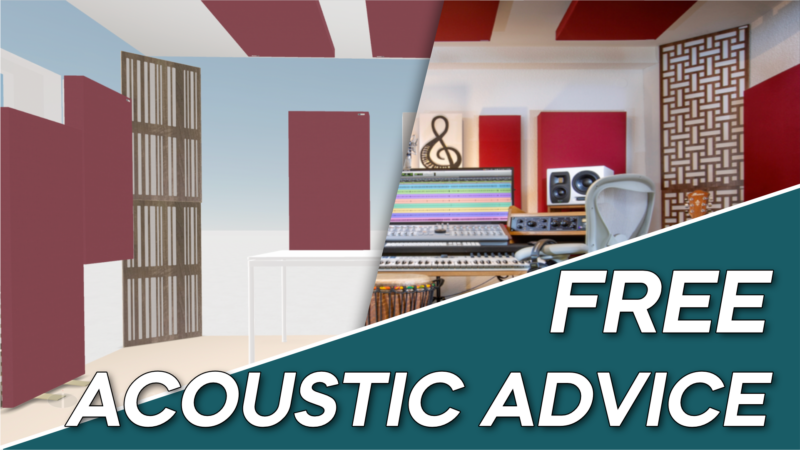
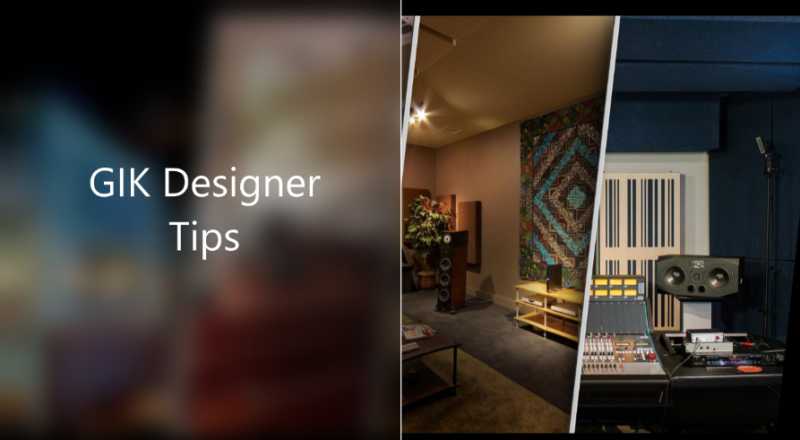


Wiriting from Canada, do ship here your studio products?
Yes we do! Contact me directly for details.